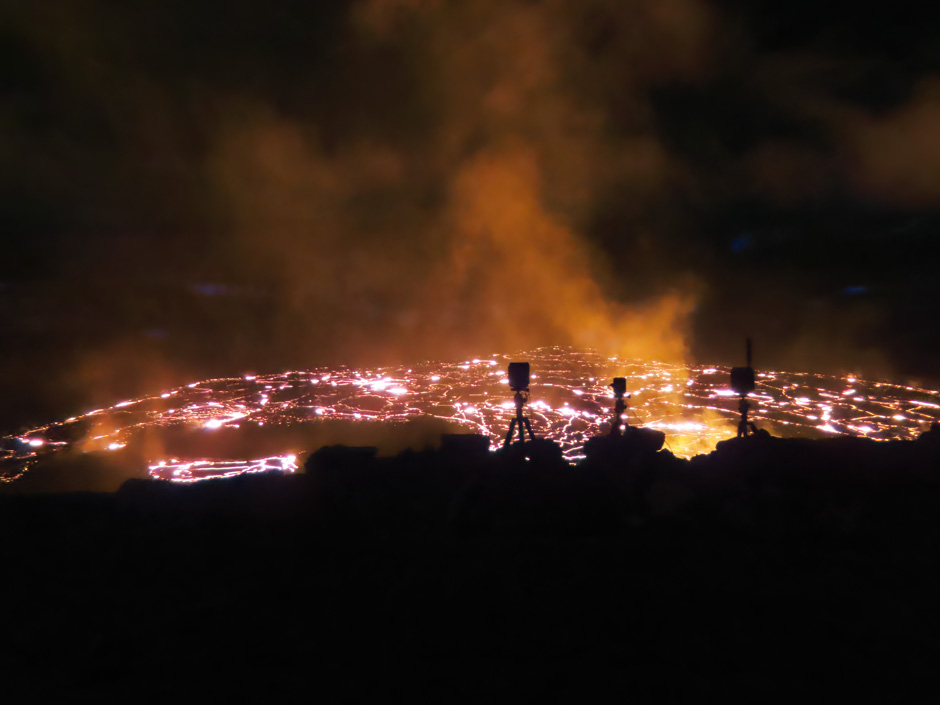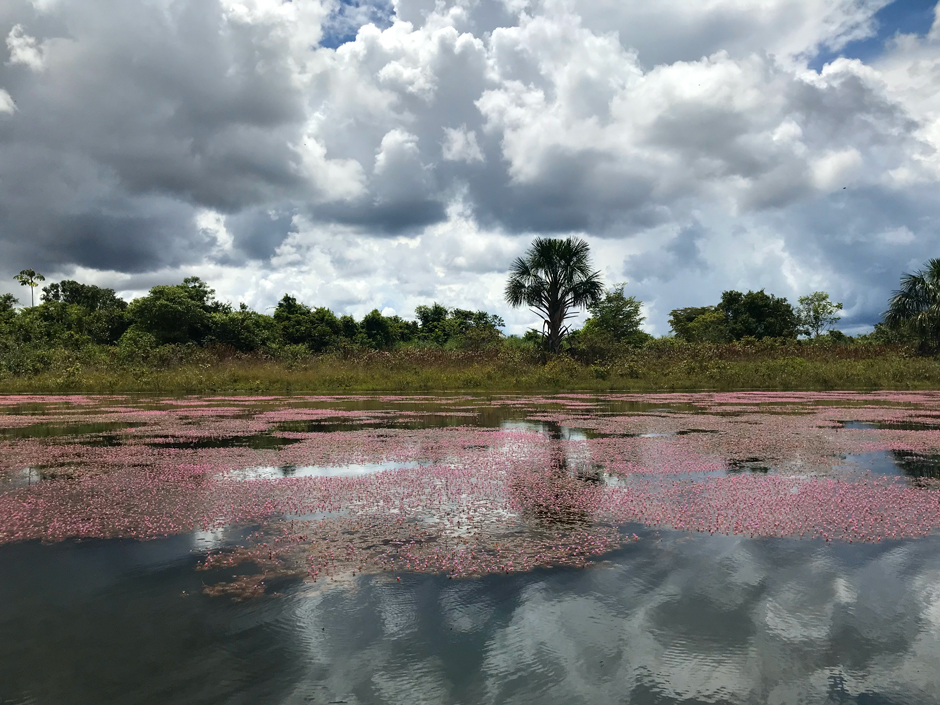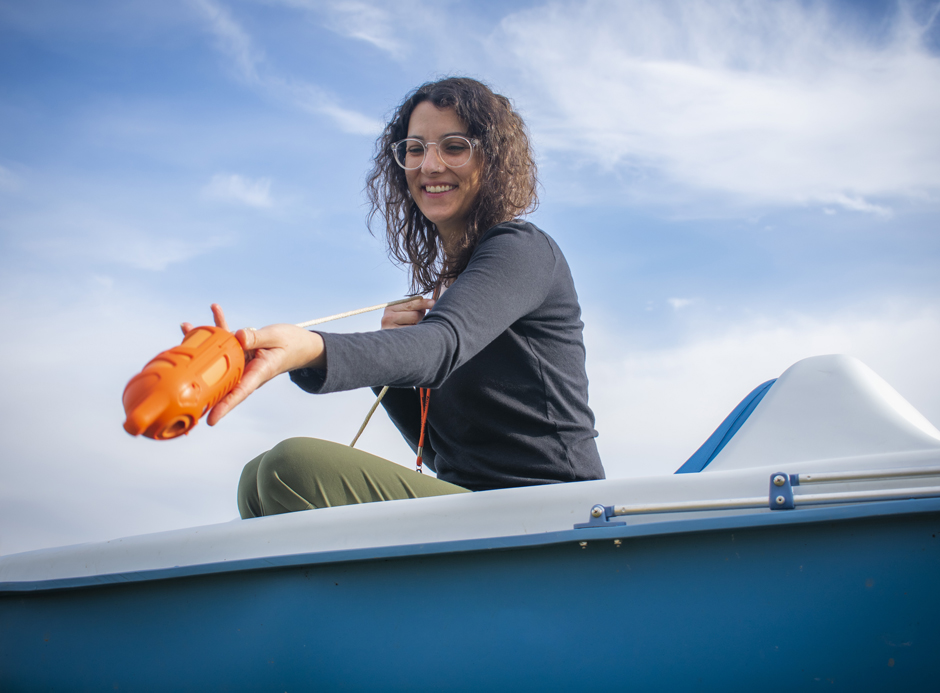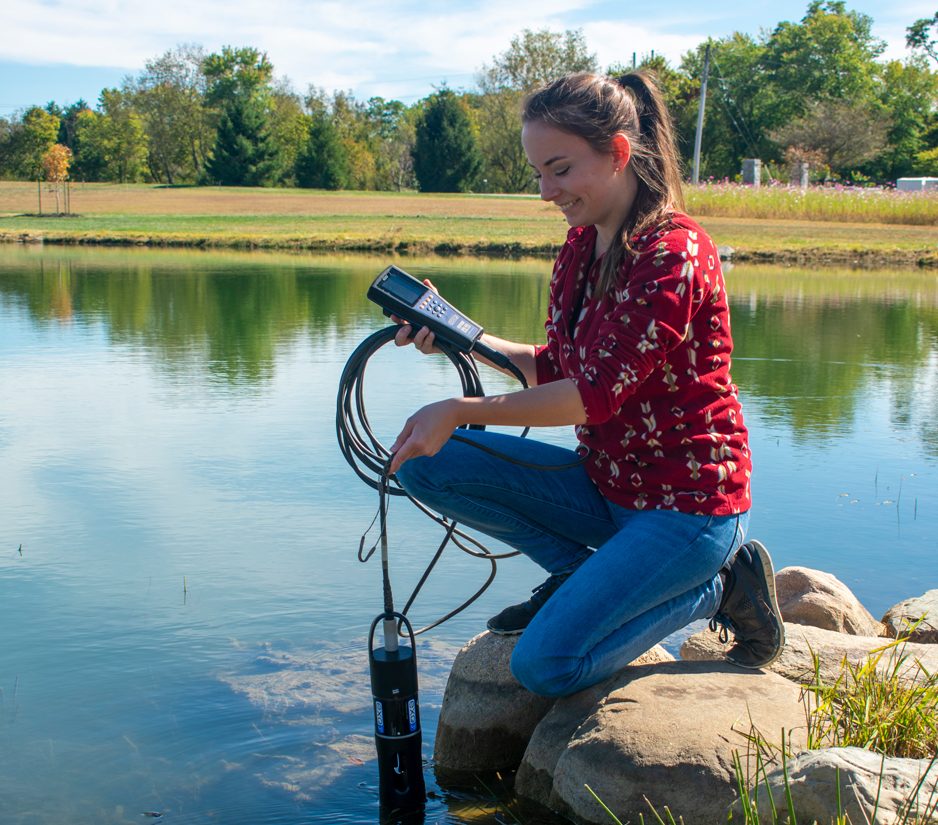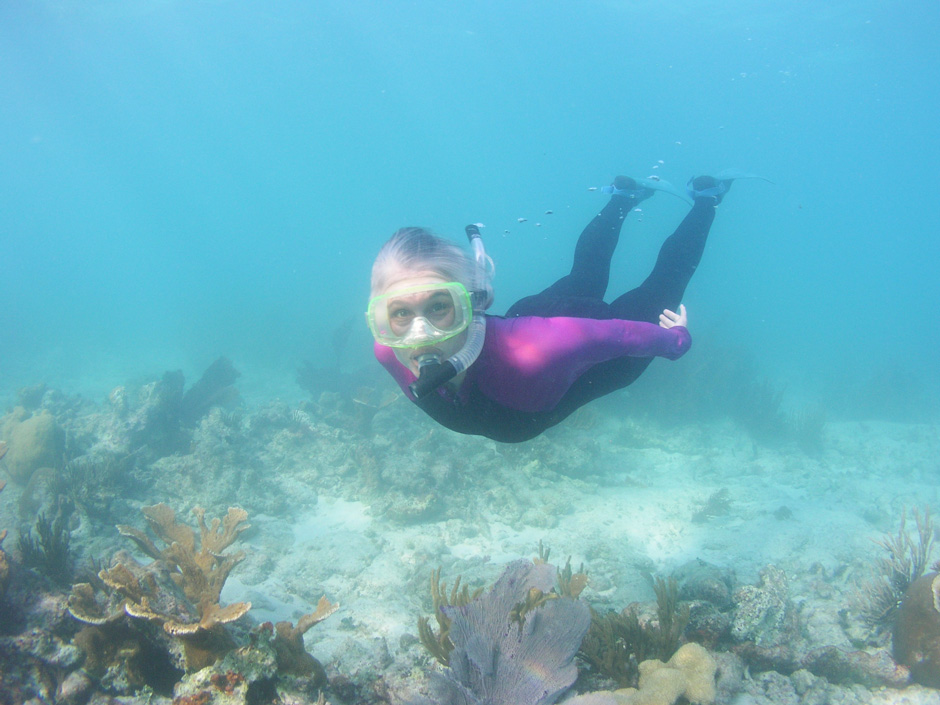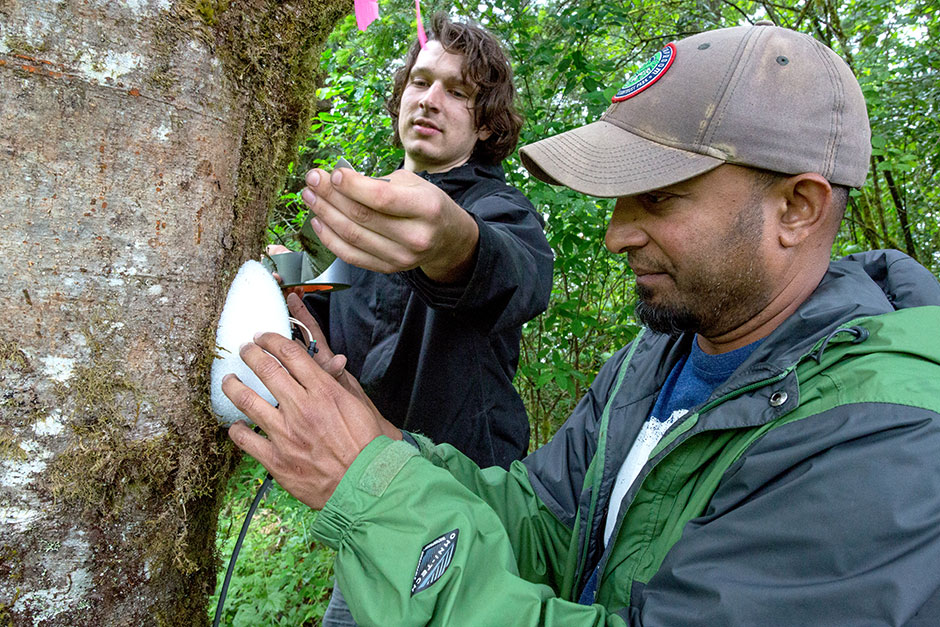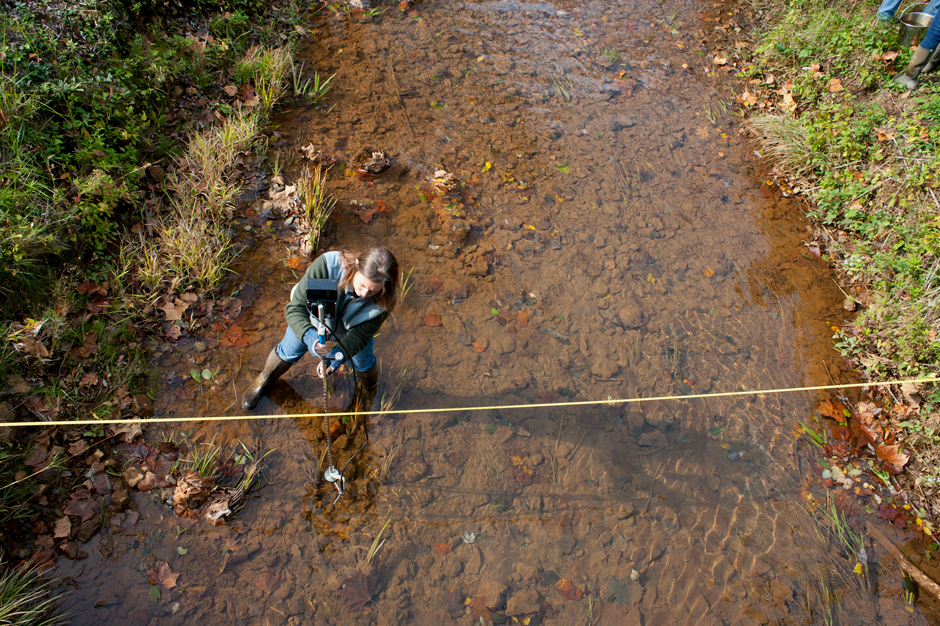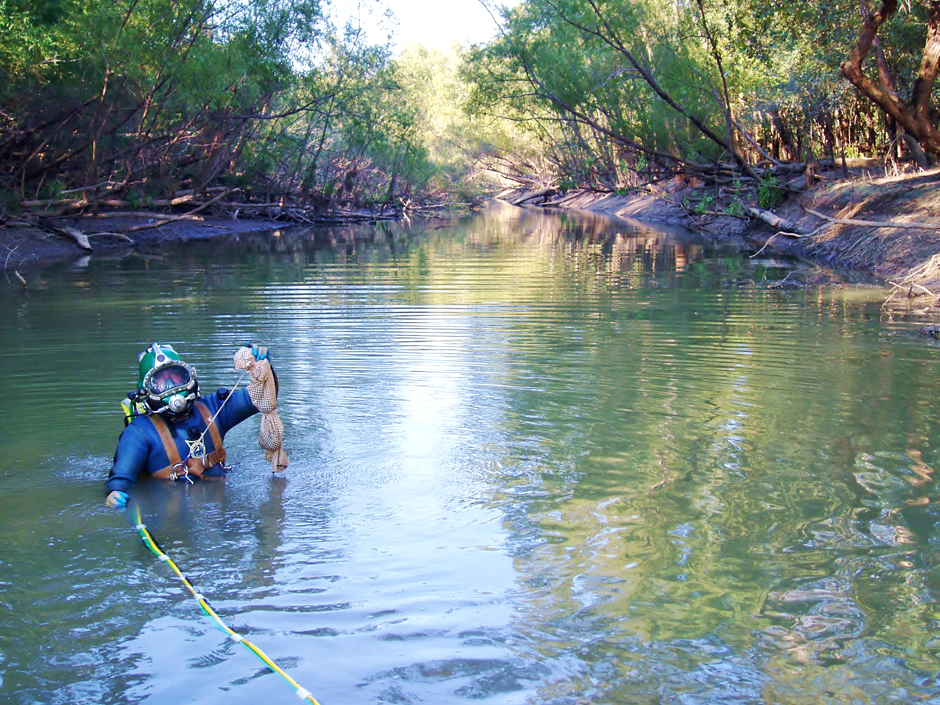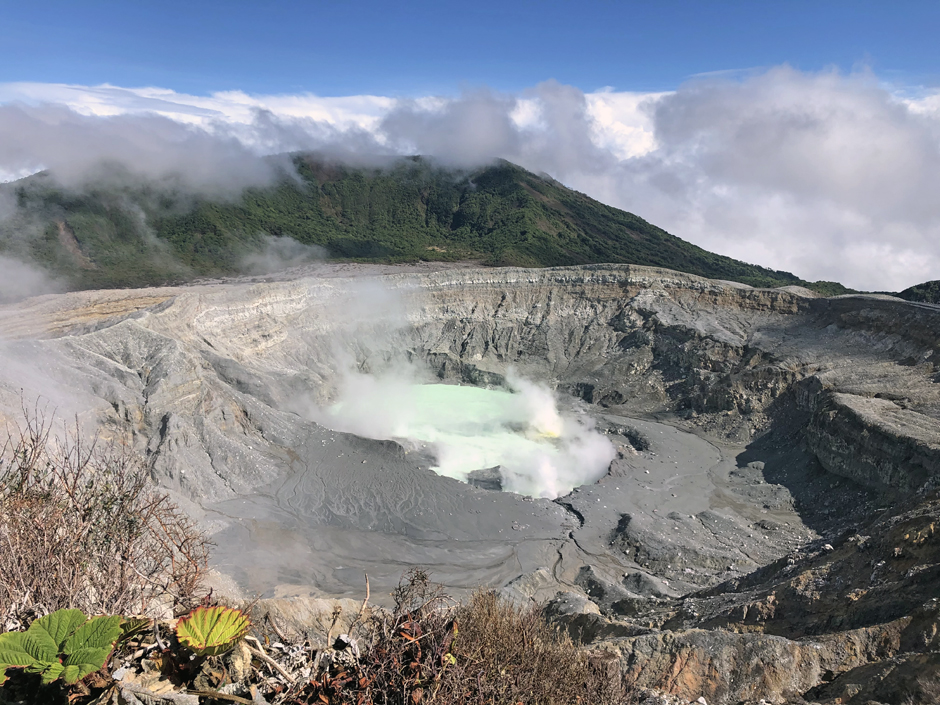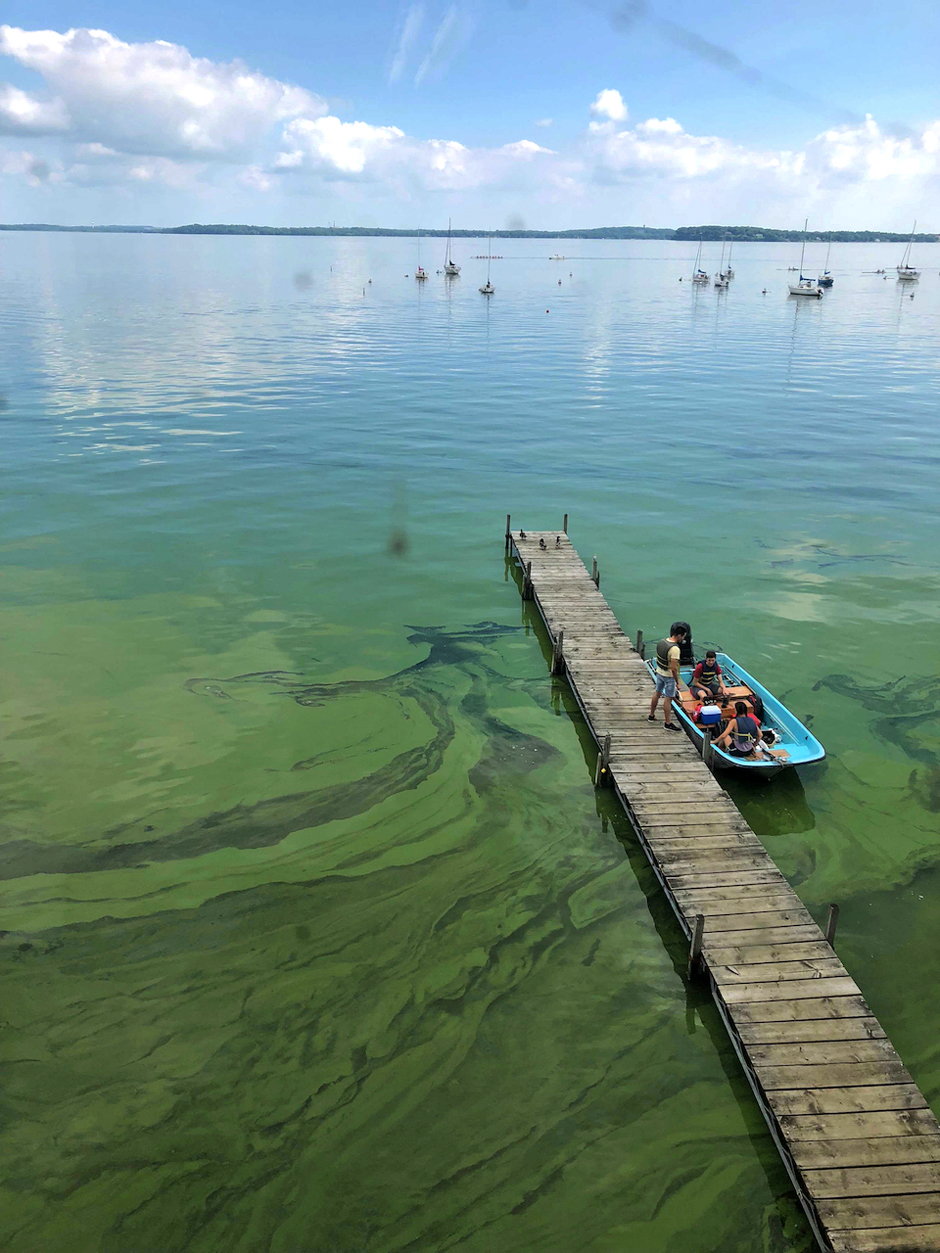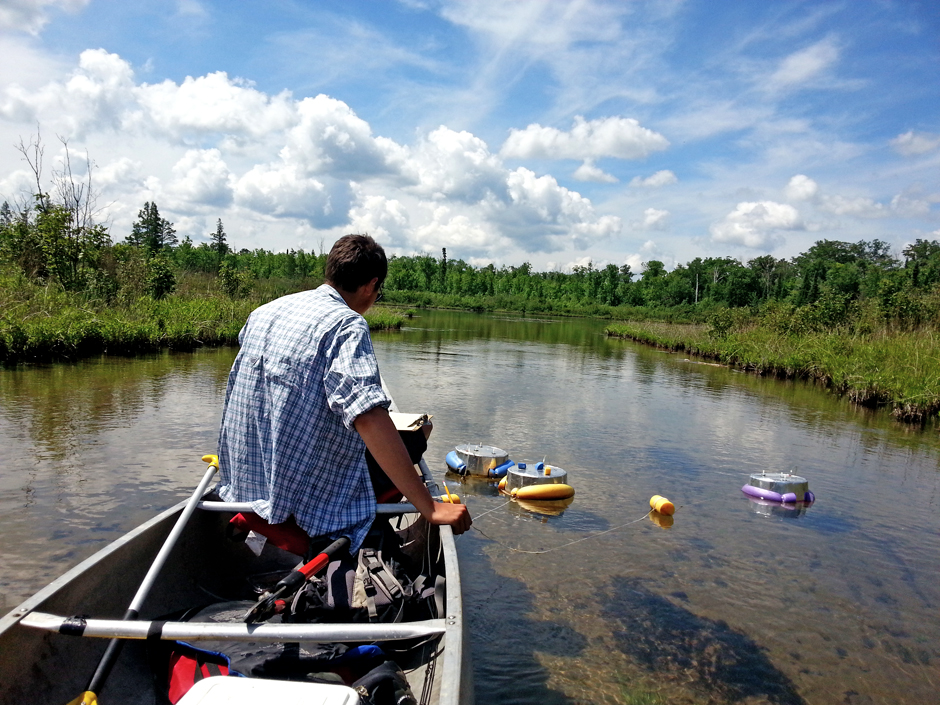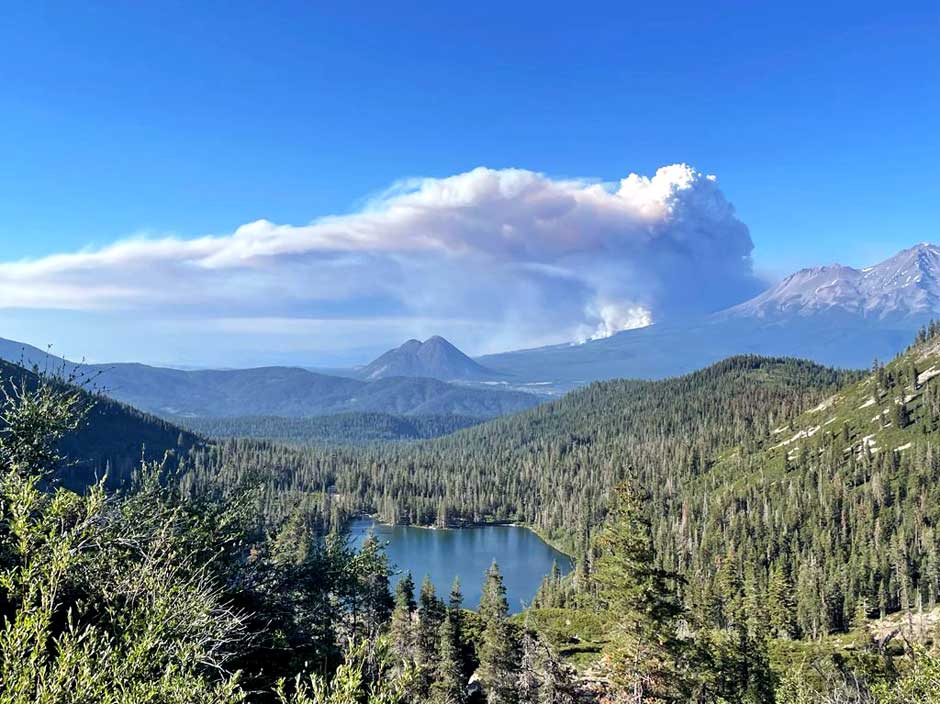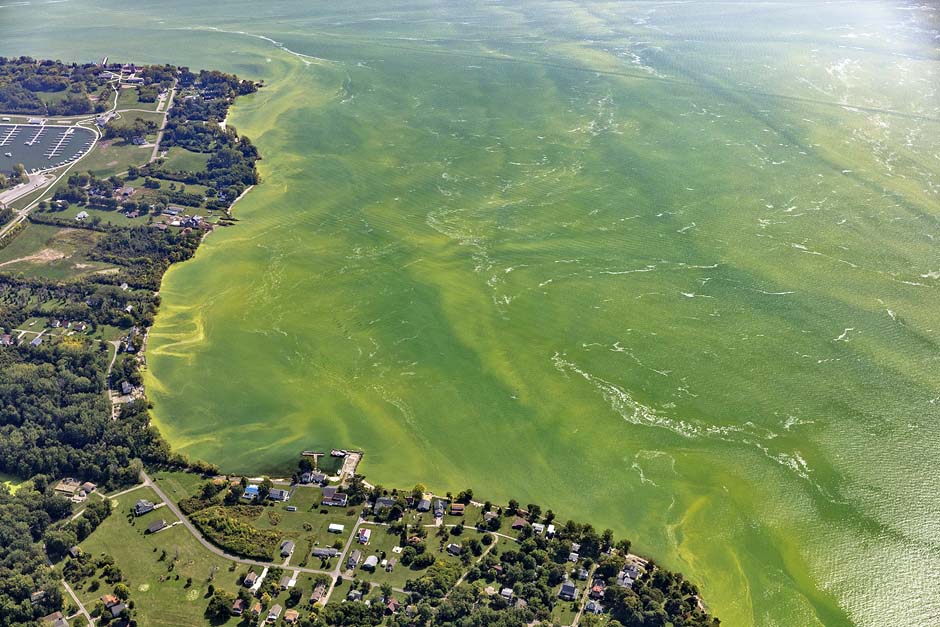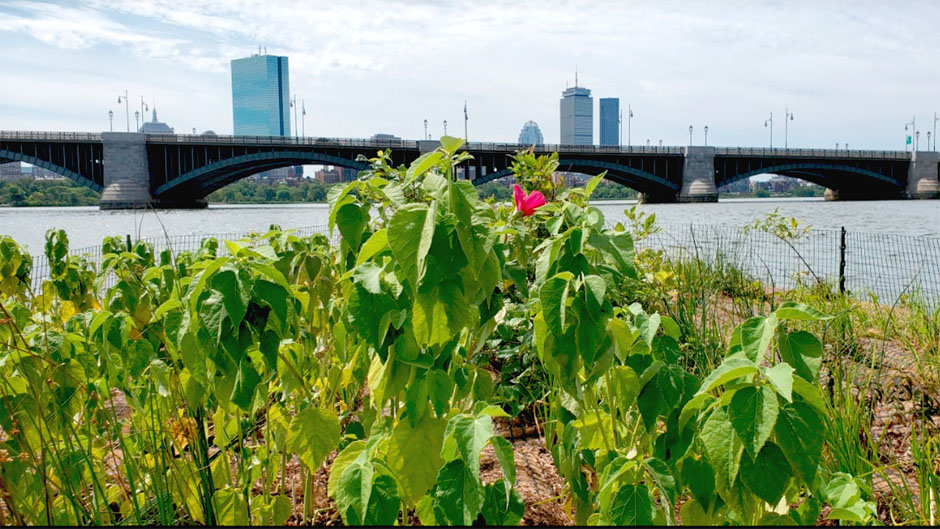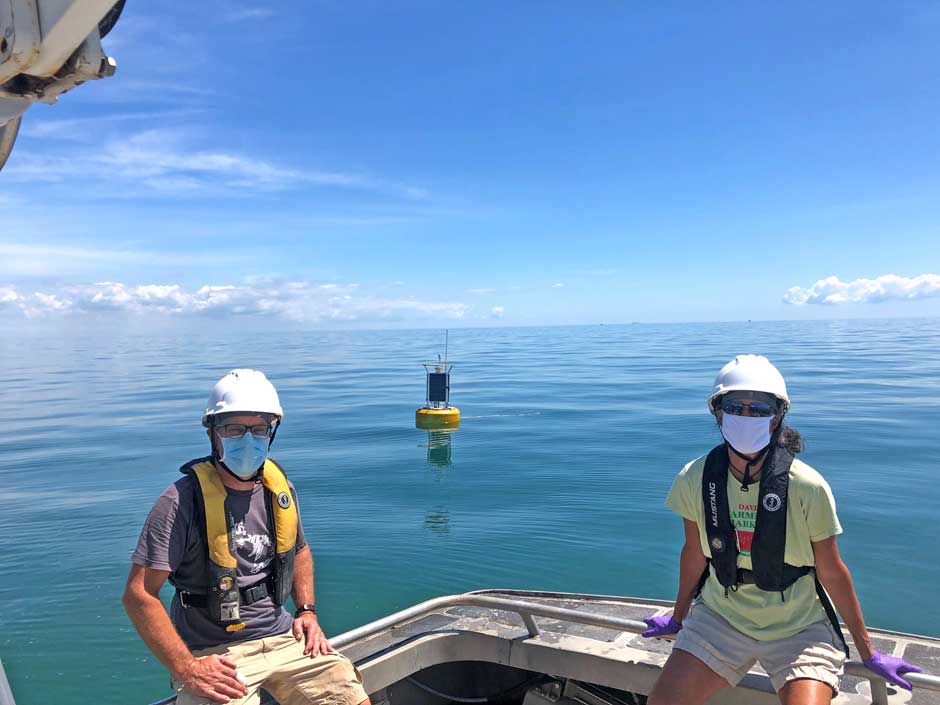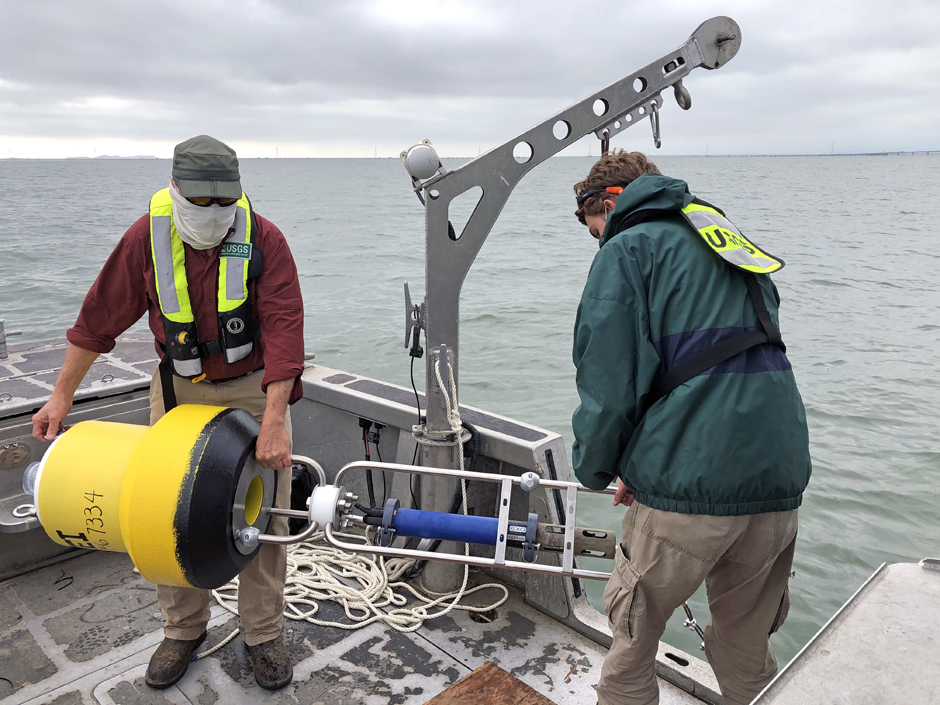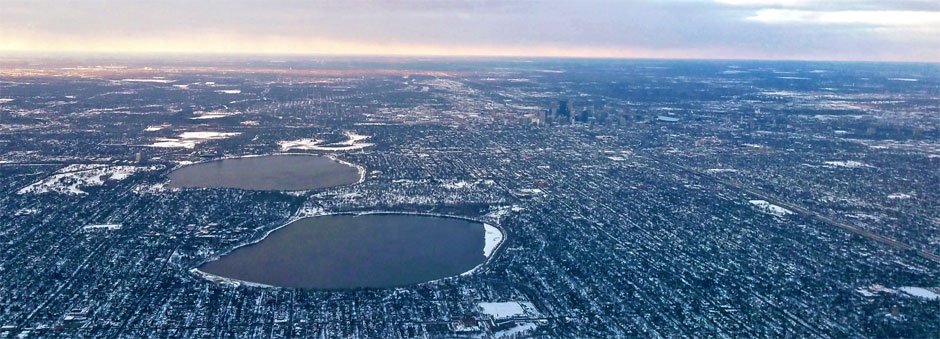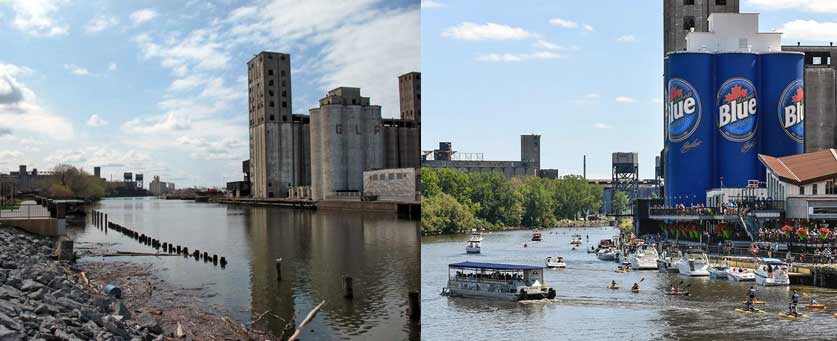Posts for tag "top-story"
Monitoring Volcanic Activity in Hawaii: Safeguarding Public Safety with the Hawaiian Volcano Observatory
The eight main Hawaiian Islands are made up of 15 volcanoes, six of which are active as of 2023. Many locals live on or near an active volcano, making the monitoring and understanding of volcanic activity a...
- Posted May 29, 2023
Winter 2023 Environmental Monitor Available Now
From endangered freshwater mussels in the U.S. to vegetation in the Amazon Rainforest, the latest edition highlights the importance of biodiversity.
- Posted March 2, 2023
The Art of Sustainable Development: Monitoring Riparian Zones in the Amazon
As concerns for the planet’s future rise to the front pages of newspapers across the globe, so has the demand for science-based solutions to preserve and protect the earth and its resources. Sustainable development focuses on balancing...
- Posted February 20, 2023
CastAway Doubts about Conductivity, Depth and Temperature Monitoring
The Sontek CastAway-CTD is a castable device that measures conductivity, temperature and depth in a single device.
- Posted November 7, 2022
YSI EXO3s: The Latest in Water Quality Monitoring
The YSI EXO3s offers the latest in multi-parameter water quality monitoring equipment that has a comprehensive list of smart sensors.
- Posted October 10, 2022
Coral Resilience: Determining the Fate of Coral in a Changing Climate
Recent research suggests that some coral may be able to survive and thrive despite climate change, especially with some human assistance.
- Posted September 5, 2022
Green Guidance: Forests Point the Way to Better Stormwater Management
Inspired by nature, recent research shows how stormwater management could be improved by using green infrastructure techniques.
- Posted August 15, 2022
Orange Stream Dreams: Monitoring Acid Mine Drainage and Watershed Health
Monitoring data shows the progress made by scientists in repairing damage caused by acid mine drainage in Ohio’s Raccoon Creek.
- Posted July 27, 2022
Protecting Endangered Species: Conducting Mussel Surveys
Endangered mussel surveys are a necessary step in project planning because the distribution of mussels and species assemblage relative to a planned project is critical to completing the required environmental documentation while protecting native species.
- Posted June 21, 2022
Poás Volcano Gives a Glimpse of Life on Mars
Poás Volcano is similar to Mars in its chemical reactions and its harsh environment. Researchers are studying Poás to see what Martian life might be like.
- Posted April 4, 2022
New Environmental Sensors and Data Acquisition Knowledge Base
The NexSens Knowledge base is the number one source for information on NexSens integrated systems and products. Find datasheets, bid specs, manuals and more on our newly updated dashboard.
- Posted January 11, 2022
How Green Was My Cyanobacteria: Carbon, Nitrogen, and Phosphorus Cycling in Lakes
The influence of bacteria on carbon, nitrogen, and phosphorus cycling processes in lakes and their influence on lake health is explored.
- Posted October 29, 2021
In the Right Place All the Time: Greenhouse Gas Research and NTL-LTER
Greenhouse gas dynamics research in lakes and streams by NTL-LTER yields some surprising results, especially regarding methane.
- Posted October 12, 2021
Wildfire smoke alters a lake’s ecology from the top to the bottom of the food chain
Primary production shifted and trout fled for deeper water during intense wildfire smoke periods, even far from a fire.
- Posted July 22, 2021
New Tech Aims to Make Algal Bloom Monitoring Faster and More Dynamic
Technology on the horizon will allow researchers to track harmful algal blooms and measure their toxicity in real time.
- Posted July 7, 2021
Charles River Algal Blooms Stop Swimming and Launch a Floating Wetland
After decades of abuse, new research and a floating wetland point toward a healthier future for the Charles River.
- Posted April 7, 2021
Buoys in the time of Covid: Delays to important information
Although buoys collect and relay data largely on their own, they require a team to deploy. Covid slowed them down.
- Posted February 9, 2021
San Francisco Bay’s Nutrient Phenomena
Two data buoys recently deployed in the shoals of San Francisco Bay could be filling the important data gap on the local impacts of nutrient loading.
- Posted September 30, 2020
Chloride Contamination Threatens Thousands of Northeast & Midwest Lakes
Development and crop land use in the United States lead to elevated chloride levels in thousands of lakes.
- Posted August 12, 2020
Lessons Learned from 35 Years of AOC Restoration
For thirty five years, Great Lakes communities have been restoring polluted areas, learning and reaping the economic benefits.
- Posted June 24, 2020


